Splitting water with light via photocatalysis to create hydrogen could help reach net zero emission goals if the process can be scaled up.


Splitting water with light via photocatalysis to create hydrogen could help reach net zero emission goals if the process can be scaled up.
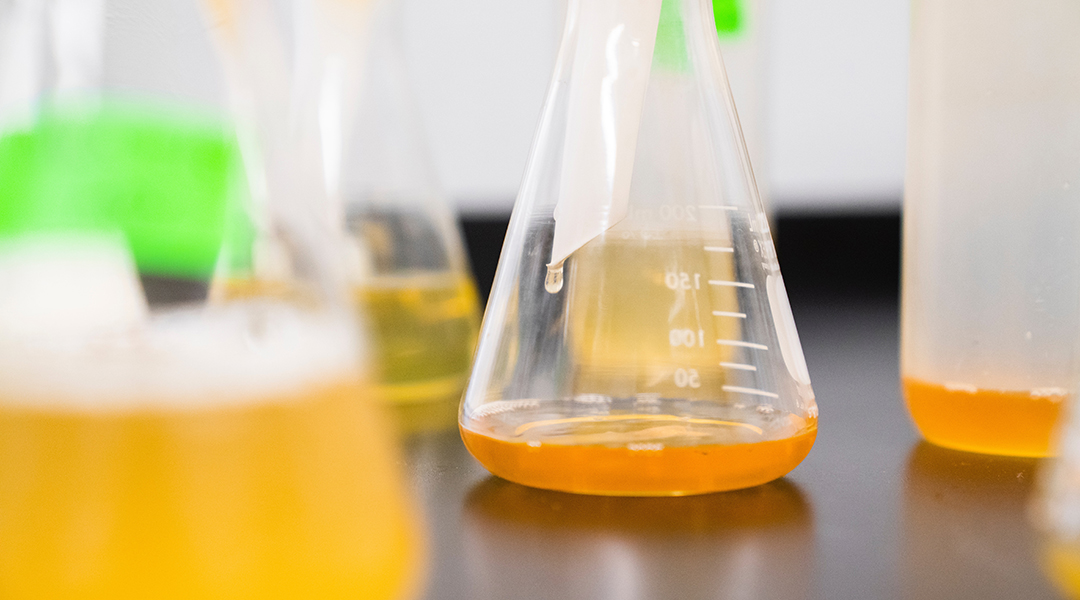
Exploring how scientists can develop efficient, solar-powered reactions to convert carbon dioxide to useful chemical feedstocks.
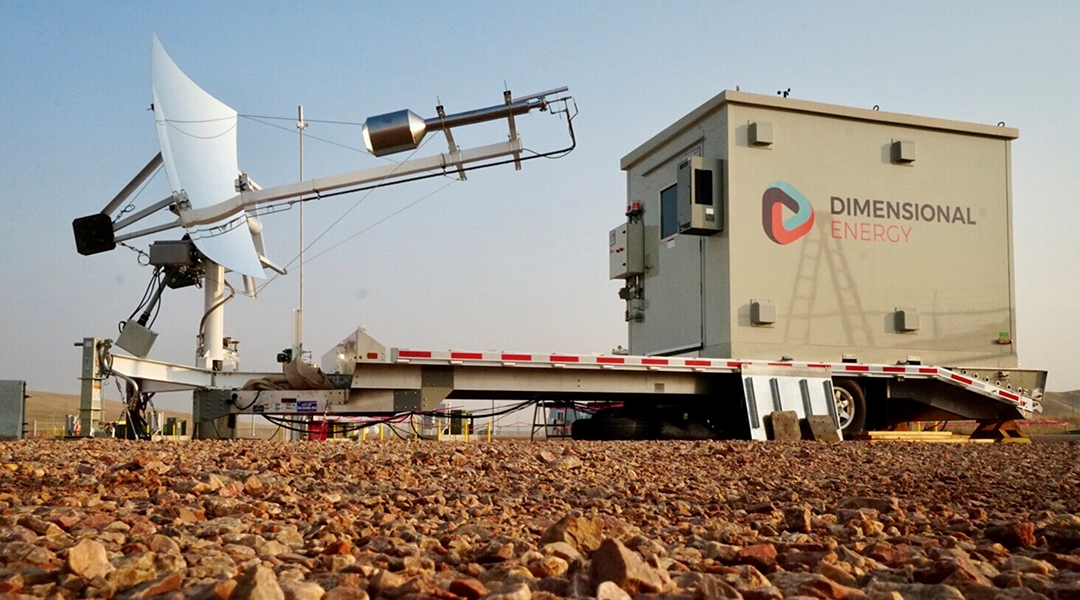
A team of chemical engineers has created a pilot-scale photoreactor for making chemicals using just carbon dioxide and sunlight.
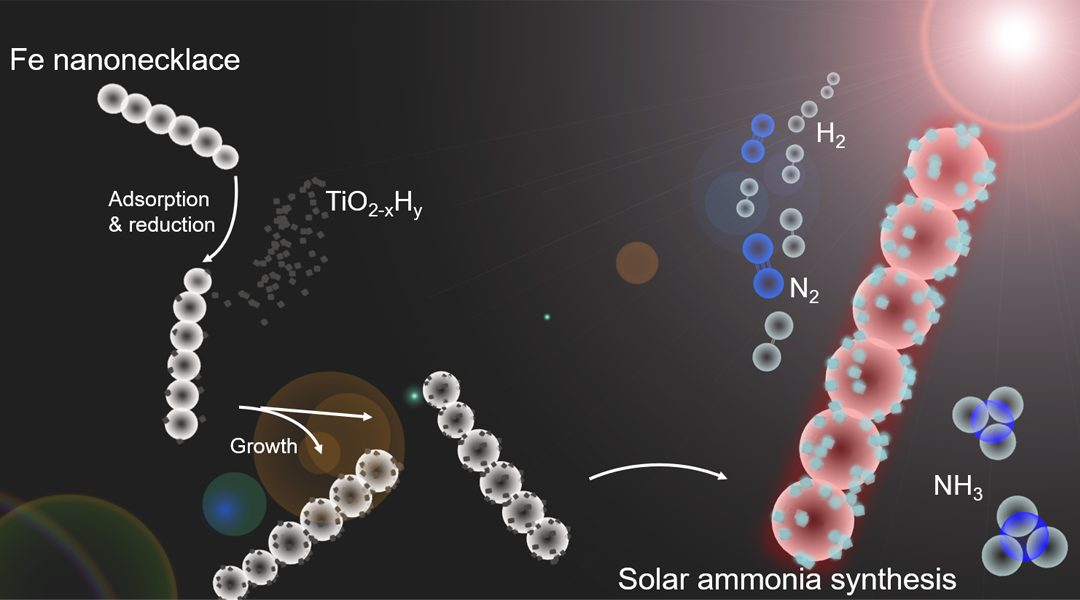
A new photocatalyst is revolutionizing a time-old reaction, addressing how light can influence not just the kinetics of chemical reactions, but their thermodynamic equilibria.

Carbon dioxide photocatalysis, a new future with three fundamental questions, how do we optimize photonic efficiency, how should we scale, and what should we make?
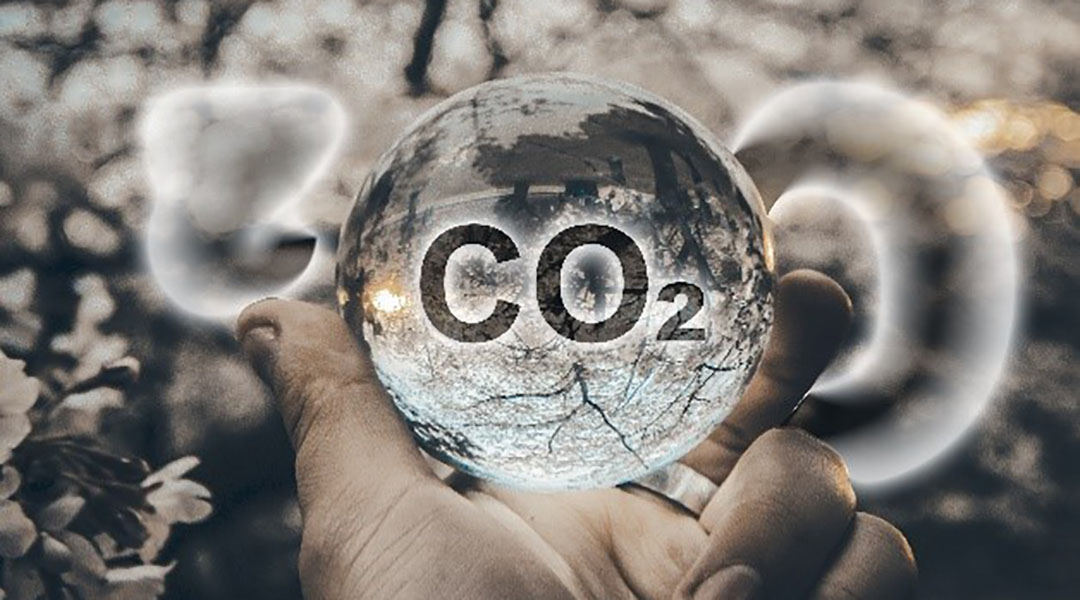
Researchers at the University of Toronto discuss the origins and advances of carbon dioxide photocatalysis.

Excellent photocatalytic activity is realized after using an ion implanter to dope titanium oxide with carbon and nitrogen.

Adding a layer of biodegradable paper over a photocatalyst is found to increase the activity of the catalyst significantly.
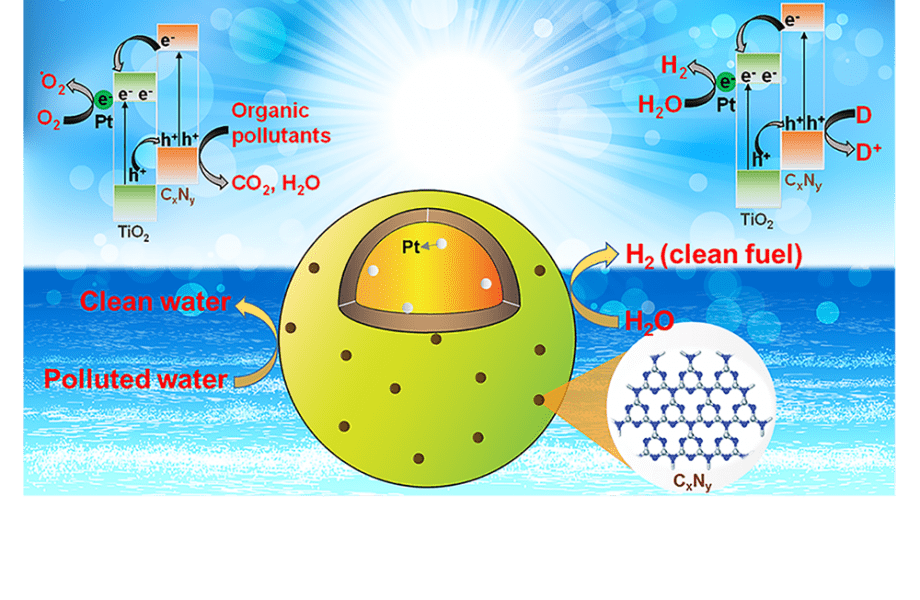
By synthesizing a hollow Pt/TiO2/CxNy-triazine nanocomposite, the low activity of TiO2 has been addressed.
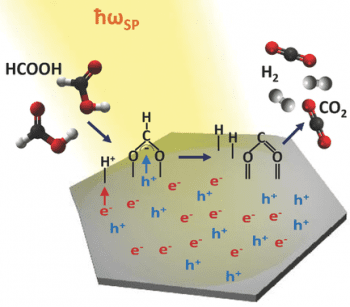
Pd nanosheets function both as broadband light absorbers and as synthetic catalysts for the dehydrogenation of formic acid to hydrogen and oxygen.